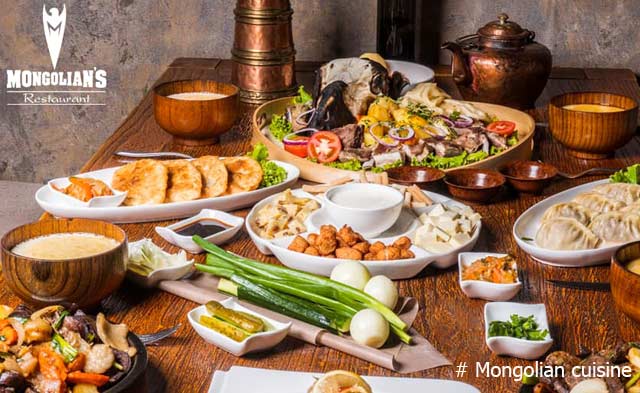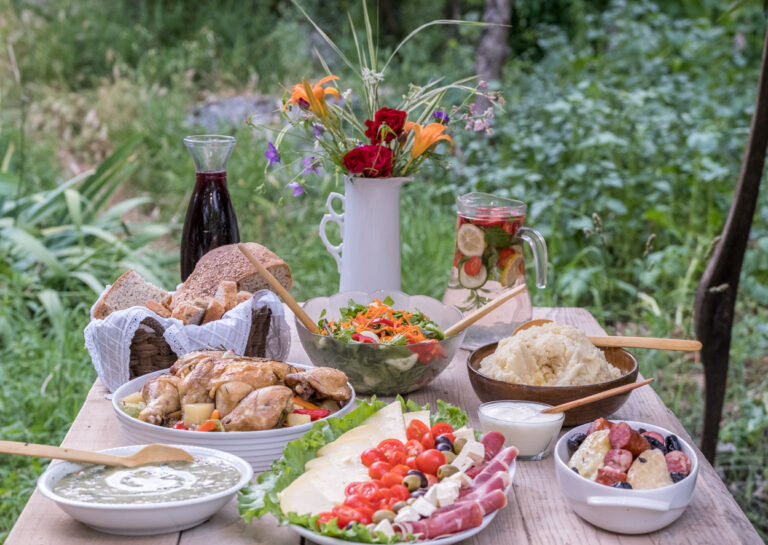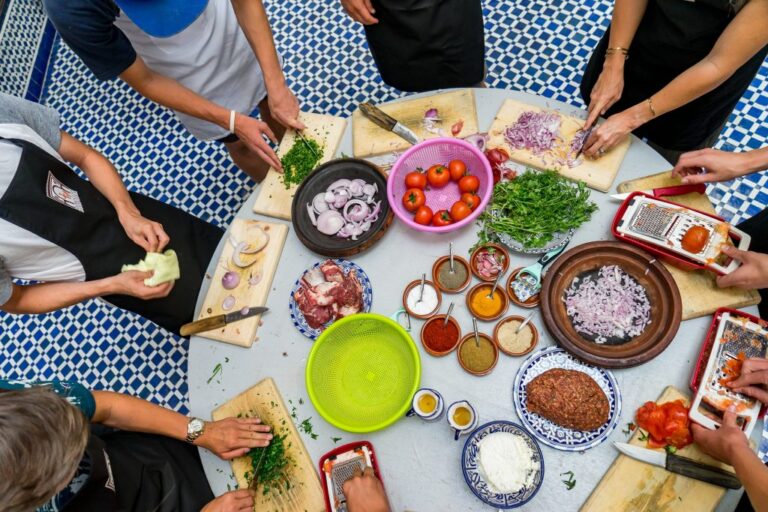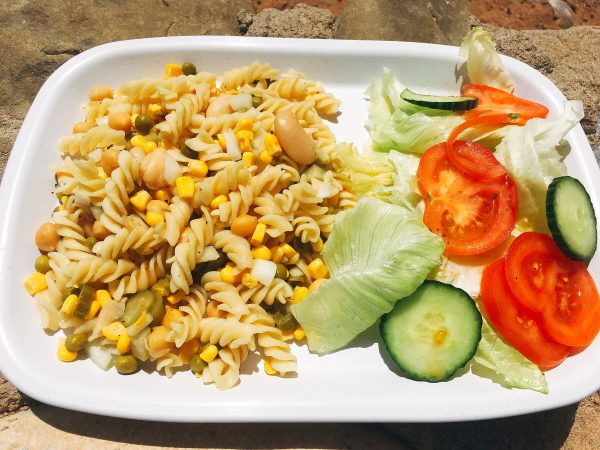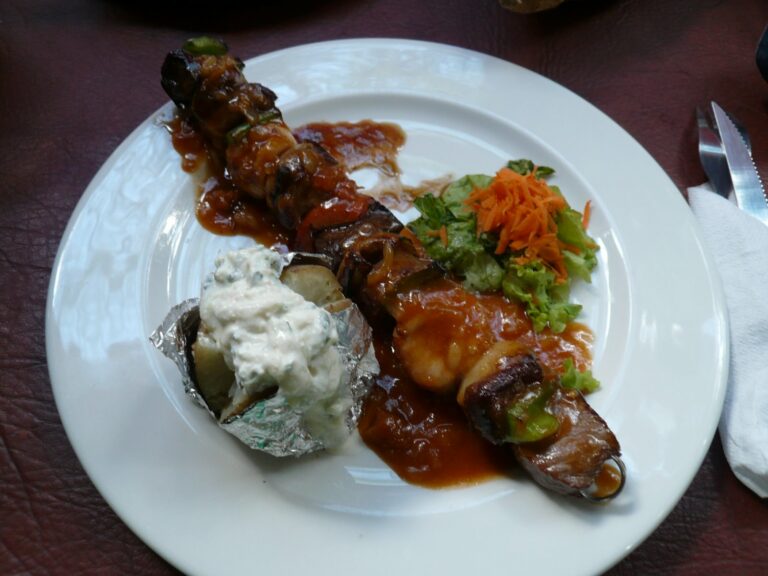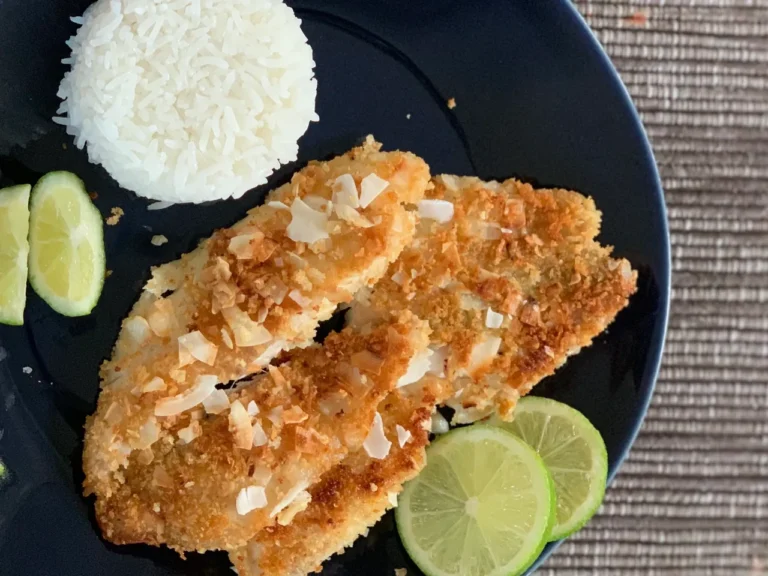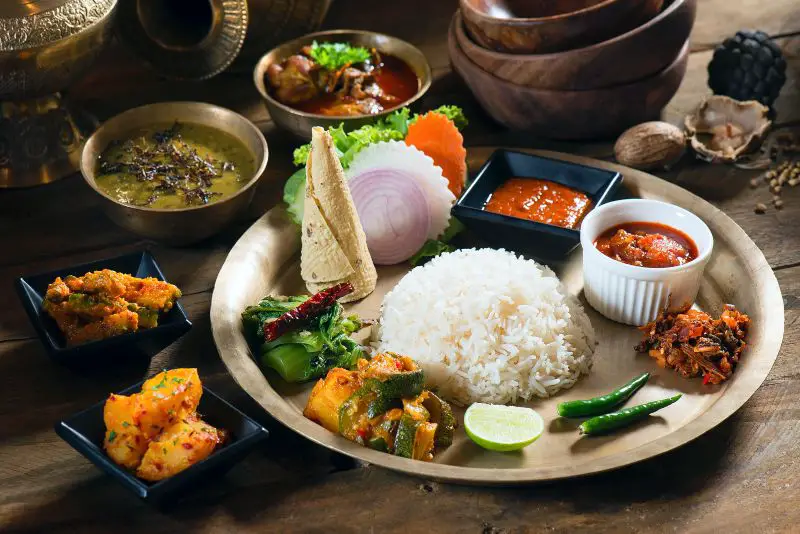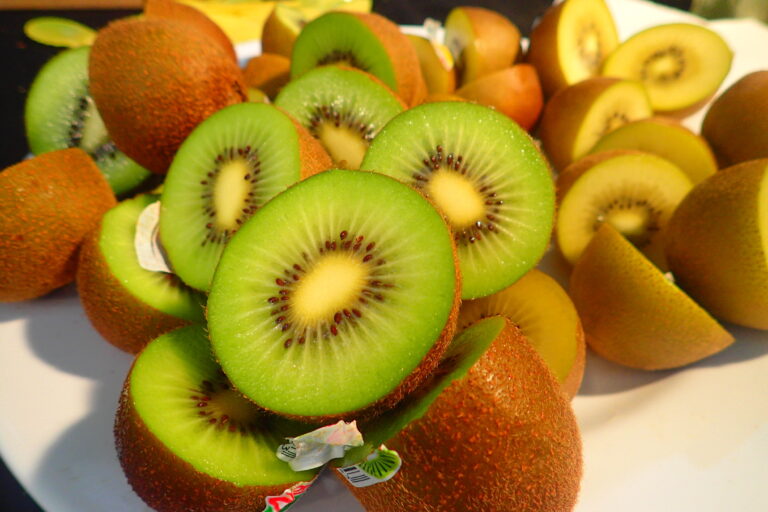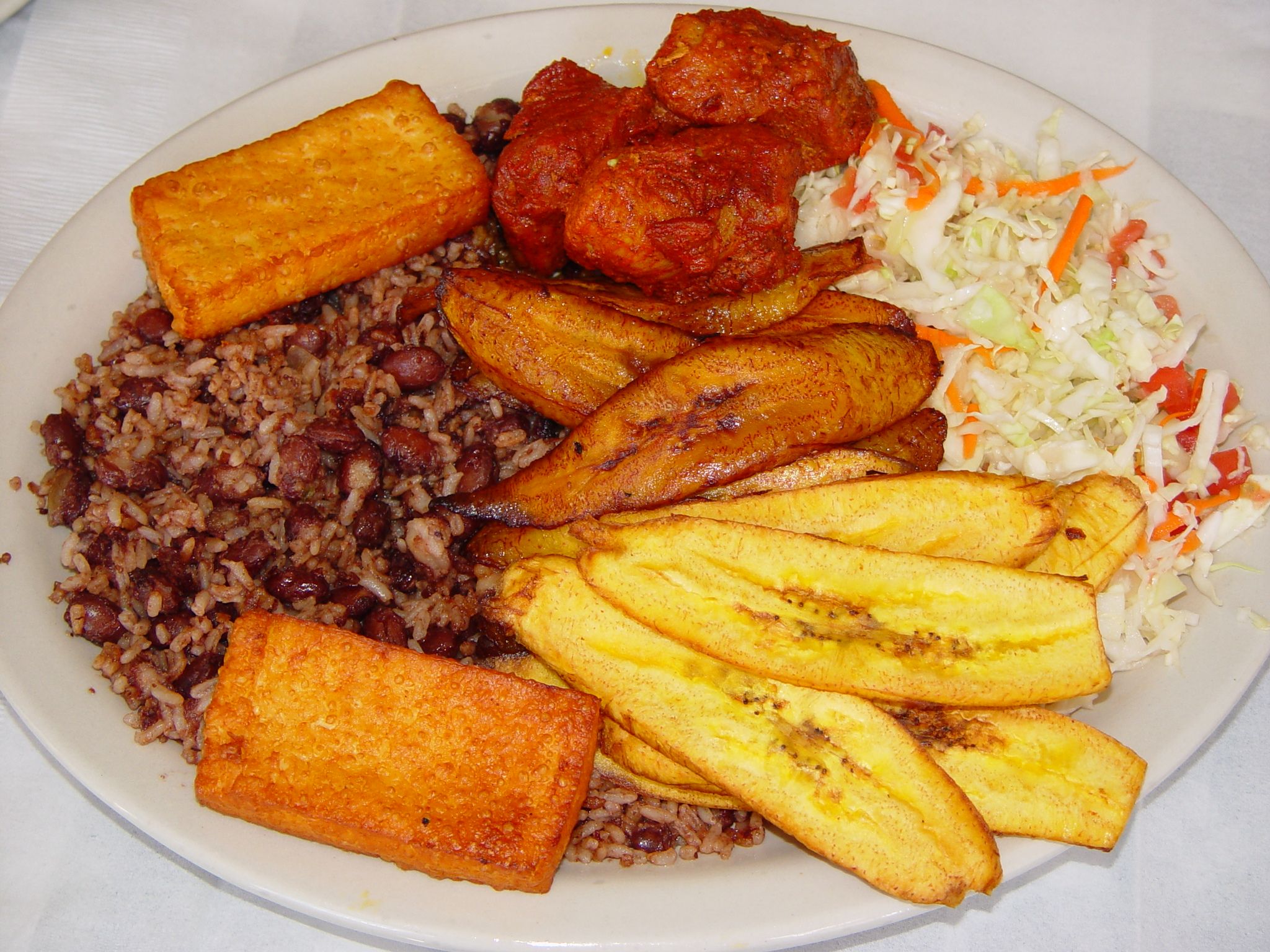Introduction: Overview of Mongolian Cuisine
Mongolian cuisine is a reflection of the country’s nomadic way of life and extreme climate conditions. The diet of Mongolians is known for being rich in meat and dairy products. Traditional Mongolian dishes include buuz (steamed meat dumplings), khuushuur (deep-fried meat pastries), and tsuivan (stir-fried noodles with vegetables and meat). On special occasions, Mongolians also consume airag, a fermented horse milk that is believed to have medicinal properties.
Traditional Mongolian Diet: Meat and Dairy
Meat is a staple in the Mongolian diet, with beef, mutton, and horse meat being the most widely consumed. Mongolian nomads also raise livestock such as camels, yaks, and goats, whose meat is occasionally eaten. Dairy products, particularly yogurt, cheese, and butter, are also a common feature in the Mongolian diet. These products are made from the milk of cows, yaks, and mares.
Dietary Restrictions in Mongolian Culture
There are no strict dietary restrictions in Mongolian culture, although some individuals may choose to avoid certain foods due to personal preferences or health concerns. However, it is important to note that Mongolian cuisine is not suitable for individuals who are lactose intolerant or have allergies to dairy products.
Religious Dietary Practices in Mongolia
The majority of Mongolians practice Tibetan Buddhism, which does not impose strict dietary restrictions. However, some Buddhist monasteries may require vegetarianism or veganism during certain periods, such as the annual Buddhist retreat. In addition, Muslims living in Mongolia follow halal dietary guidelines, which prohibit the consumption of pork.
Vegetarian and Vegan Options in Mongolia
Vegetarianism and veganism are not common in Mongolia, and finding suitable options can be a challenge. However, some restaurants in larger cities such as Ulaanbaatar now offer vegetarian and vegan dishes, often using local ingredients such as mushrooms and potatoes.
Tips for Eating in Mongolia as a Tourist
When visiting Mongolia, it is important to be open-minded when it comes to food and willing to try new dishes. Mongolian hospitality is renowned, and tourists are often offered food and drink as a sign of welcome. It is recommended to drink bottled water and avoid drinking tap water to prevent illness. Lastly, travelers should be aware that Mongolian portions are often generous, so it is advisable to share dishes with others or ask for smaller servings.

